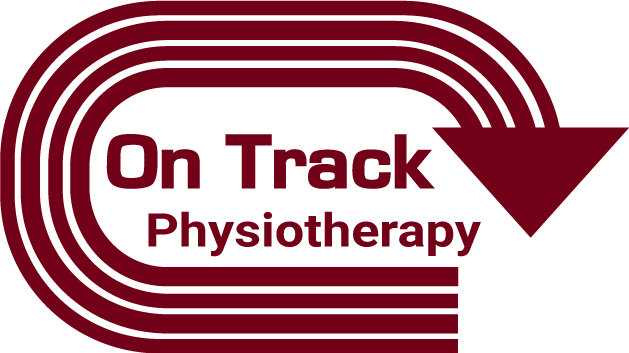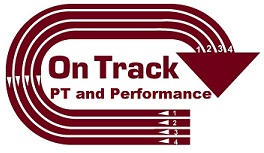Knee pain is one of the most commonly treated and surgically operated injuries in the world. It impacts you daily by making stairs or frequent lifting a nightmare. It might be stopping you from playing a sport with your child or going for a round of golf with your buddies. Maybe you have had an x-ray performed, and been told you have degeneration or arthritis in your joint? While x-rays certainly do not lie, they also do not tell the entire story.
In fact, one study by Katz and fellow researchers showed that getting physical therapy first helped 60%-70% of knee osteoarthritis patients avoid surgery.
Another study of 180 patients with osteoarthritis were separated into three groups: two different types of arthroscopic surgery, and a placebo (fake) arthroscopic surgery. Interestingly, the two arthroscopic surgeries were no more effective than the placebo (fake) surgery.
Staggering information isn’t it? That’s a lot of money to throw at a surgery with questionable outcomes. Not to mention you probably will have to go to therapy after surgery anyways. Fortunately to both you and me “arthritis” is a normal change in the body that happens over years of accumulated stress and as a result can often be improved through conservative measures.
Why Does My Knee Still Hurt?
The knee often takes the brunt of the force for lack of mobility or control in the hip or ankle. The degrees of freedom in the knee are much less than the ankle or the hip. If motion limitations exist in the hip or ankle, the knee will start creating wear patterns as a result. This wear pattern typically presents itself in some form of faulty orientation of the knee. The body will always take the path of least resistance. So if the hip and ankle orientation are not optimal due to restrictions, this creates a twisting mechanism at the knee as it tries to adapt and accommodate for other structures that are not functioning at optimal capacity.
As you can imagine, this makes the knee much less adaptable and resilient.
Maybe you have had a previous injury to the knee? If optimal function and adaptability was never restored in the knee afterwards, then the overall level of resiliency to injury of the knee will remain low as well.
So how do we reduce pain in the knee so you can squat, go up and down stairs, and walk without that annoying pain?
1) Perform exercises that will get the muscles around the hip strong. This program is often much trickier than going to the gym and working out. Remember we have adaptive changes to deal with that have occurred in the body as a result of dysfunctional or overused movement patterns (most likely both).
Because the body currently has a very low level of resiliency we need to be careful of the amount of load applied to the knee. This is one reason why a low impact endurance program can be very beneficial such as riding a bike 10-30 minutes a couple times per week at about 75% effort. In fact, a lot of research has actually shown that endurance training can increase pain tolerance.
But ultimately, we need to gradually start to load the knee again in a functional way to improve tolerance to activity. We can do this by improving hip function, this will help take some of the stress off of the knee. Here are a couple options that may be helpful.
As part of a physical therapy treatment, we can perform different manual techniques such as dry needling that can help modulate pain. However, if we never address other limitations above and below the knee joint, the pain may remain or linger much longer than necessary. This is why a detailed assessment is required, so specific interventions can be given to restore optimal function and abolish pain.
Looking at the way you move through different ranges of motion and see where limitations might exist in both the hip and ankle. This will often direct which set of particular exercises and manual therapy techniques would be most important for your particular set of limitations. This is why we at On Track Physical Therapy will take you through a movement assessment every visit and multiple times per visit. It allows us to be very targeted in what we do as opposed to throwing things out and hoping something sticks, which unfortunately is what many other providers do. This allows us to help you get off painkillers, get some sleep, and keep an active lifestyle. If that sounds like something you’d enjoy, then schedule an appointment or a FREE discovery session to take things for a test drive.
Katz, Jeffrey N., et al. “Surgery versus physical therapy for a meniscal tear and osteoarthritis.” New England Journal of Medicine 368.18 (2013): 1675-1684.
Moseley, J. Bruce, et al. “A controlled trial of arthroscopic surgery for osteoarthritis of the knee.” New England Journal of Medicine 347.2 (2002): 81-88.
Jones, Matthew D., et al. “Aerobic training increases pain tolerance in healthy individuals.” Med Sci Sports Exerc 46.8 (2014): 1640-7.
About the Author: Dr. Greg Schaible is a physical therapist and strength coach specializing in athletic performance. He attended The University of Findlay as a student athlete. As an athlete he competed in both Indoor and Outdoor Track & Field where he earned honors as a 5x Division II All-American and 6x Division II Academic All-American. In 2013 he completed Graduate School earning his Doctorate of Physical Therapy (DPT). Greg is the owner of On Track Physical Therapy in Ann Arbor, Mi. Follow On Track PT and Performance on Facebook.



